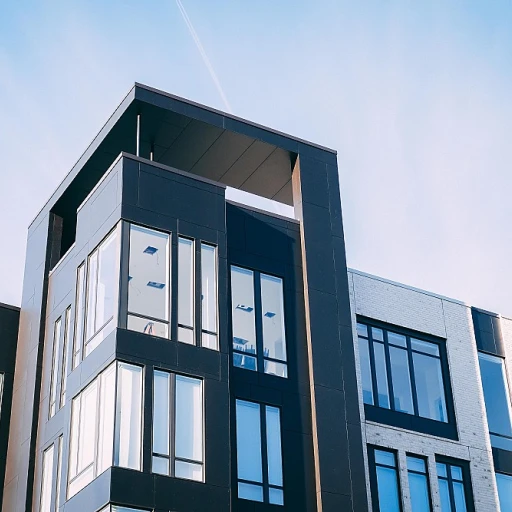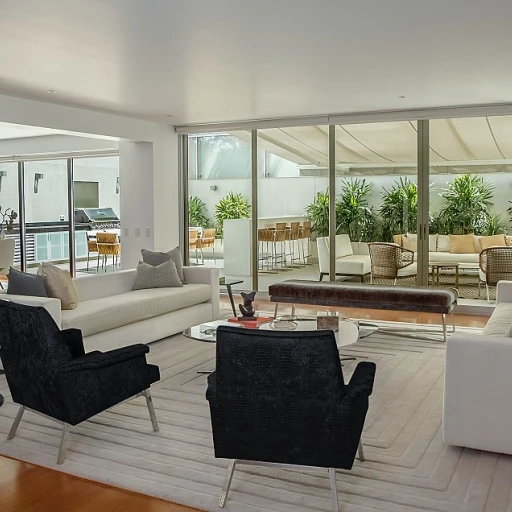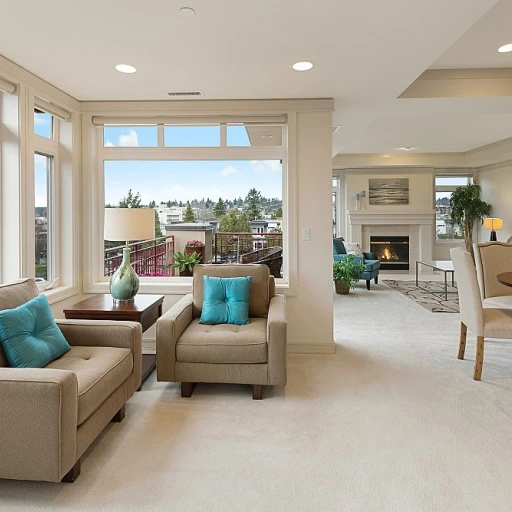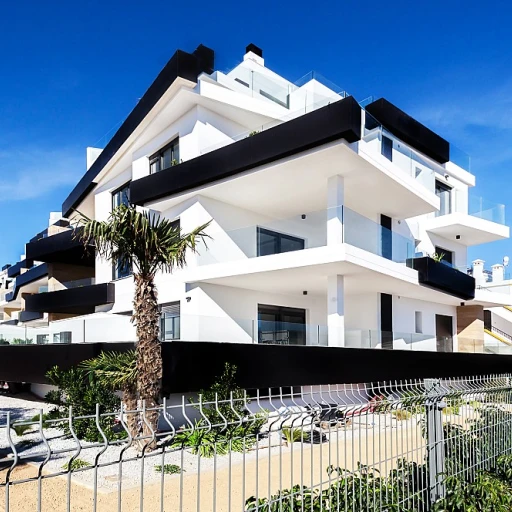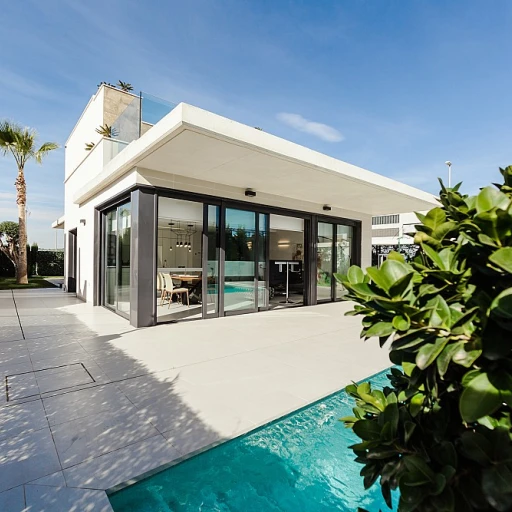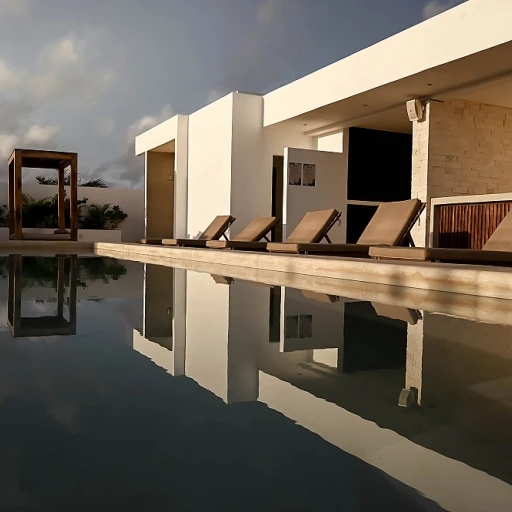Understanding Colonial Architecture
Unveiling the Essence of Colonial Architecture
Colonial homes have long been admired for their timeless elegance and intricate design, a reason they remain sought-after properties in the real estate market. These homes typically showcase a symmetrical layout, accentuating both form and function. Many feature enduring attributes such as expansive hardwood floors, spacious bedrooms with ample lighting, and a cozy yet formal ambiance.
Often built before the 20th century, these homes have a rich heritage that spans across various geographical regions, including Los Angeles and Rhode Island. Each county boasts its unique interpretation of the colonial style, reflecting local influences and materials available at the time. Yet the core elements such as the iconic gabled roofs, large chimneys, and side-gabled facades remain consistent across state lines.
The allure of colonial homes is not merely confined to their aesthetic appeal; many are steeped in history, offering buyers a chance to own a piece of the past. The price and listing status of these properties can vary significantly, depending on factors such as the property's location, the number of beds baths, and the condition or historical significance of the house.
For those who appreciate the allure of a mansion, colonial homes present a unique opportunity to embrace a lifestyle that blends classic architecture with modern comforts. As prospective buyers explore open houses or take virtual tours of these charming properties, it's crucial to understand their architectural intricacies to make well-informed decisions.
Historical Significance of Colonial Homes
The Legacy and Allure of These Architectural Marvels
Colonial homes have long stood as a testament to the architectural prowess of earlier eras. Built predominately during the colonial period in places like Rhode Island, these homes tell stories of times gone by, offering a unique glimpse into the past through their period-specific details. With the signature feature of hardwood floors in nearly every room, colonial homes present a quintessential style widely cherished by captains of industry and history buffs alike. Deeply rooted in tradition, colonial architecture not only encapsulates the aesthetics of its time but also the historical conditions that shaped its development. Whether it's the stately columns that greet visitors at the entrance or the intricate woodwork that defines the interiors, these elements collectively contribute to the rich historical significance these homes hold. Throughout our exploration, we discover Colonial Revival houses, a modern interpretation that pays homage to original colonial style homes while incorporating updates that suit contemporary lifestyles. This revival saw a resurgence in places like Los Angeles, particularly among those who cherish the blend of historical charm and modern convenience. Colonial properties, while loved for their historical significance, pose unique challenges and opportunities, particularly for those considering renovation ventures. For those looking to preserve these magnificent structures, an insightful article on decoding the complexities of renovating heritage estates serves as an invaluable guide. Investors and prospective buyers can explore various listings on MLS, showcasing the active status of colonial homes often highlighted with virtual tours. From intimate 2-bedrooms to expansive 5-beds houses, these properties come in a range of prices, square feet, and locations. Understanding their historical backgrounds enhances the value proposition immensely, making every penny spent worthwhile.The Market for Colonial Houses
Current Dynamics in the Colonial House Market
The allure of colonial homes has not waned as these venerable properties captivate the hearts of many buyers. With their timeless charm, colonial style homes boast a rich historical significance that attracts potential homeowners who value history coupled with architectural splendor. In today's real estate landscape, the market for colonial houses, whether in Los Angeles or Rhode Island, reflects a distinctive appeal that continues to thrive. One of the factors influencing the market is the unique colonial revival architecture, which remains a favorite choice among buyers searching for authentic and elegant homes. This enduring appeal has kept the listing price competitive, with some colonial homes offering updated features such as hardwood floors, full baths, and expansive bedrooms. Buyers can often find these properties through the MLS, with numerous options varying from a charming colonial revival house with a few bedrooms and baths to expansive estates boasting several beds and baths. The real estate market dynamics often highlight not only the architectural brilliance but also the potential for property investment. Buyers frequently eye the resale value and the opportunity to enhance these historic homes by maintaining or restoring original features while integrating modern amenities. With status active listings ranging from affordable to high-end, buyers have diverse options. Whether seeking homes for sale with great investment potential, or looking for a personal retreat rich in history, there is a colonial home to match their aspirations. Furthermore, virtual tours and open houses have played a significant role in showcasing these properties to a wider audience, minimizing the days on site for active listings. Potential buyers are increasingly leveraging online resources to view sqft layouts and plan visits to their dream homes. In conclusion, with its broad appeal, the market for colonial estates continues to intrigue those with discerning tastes. For those captivated by colonial homes, exploring options like those found in https://www.the-exclusive-estate.com/blog/exploring-the-allure-of-star-palm-and-hibiscus-islands could render fruitful insights and opportunities.Challenges in Purchasing Colonial Estates
Unforeseen Obstacles in Acquiring Colonial Estates
Purchasing a colonial home promises an enchanting journey into the past, yet it's not without its unique set of challenges. For those eyeing these historical gems, understanding the intricacies of acquiring a colonial property is crucial. In colonial homes, potential buyers often face the reality of modern-day compliance with historical preservation standards. Properties with a rich history, especially those styled in colonial revival, are usually subject to local and state preservation laws. For instance, in areas like Rhode Island and specific counties in Los Angeles, regulations may restrict changes to the property's exterior or mandate particular restoration methods to safeguard its historical integrity. Buyers must also be prepared to navigate the financial landscape. While colonial style homes are coveted, their charm can command a higher price tag. Listings on platforms such as MLS often showcase houses where the sticker price reflects the home's storied past, unique architecture, and even the number of bedrooms, beds baths, and the allure of hardwood floors. For many, these factors can translate into substantial investments. Inclusions like virtual tours and open house events can offer prospective buyers a more comprehensive — though sometimes superficial — view of the property. Unlike contemporary homes, colonial estates might reveal hidden issues during in-person visits that aren't apparent online. From assessing the state of full baths and ensuring the structural soundness of the house to scrutinizing the balance of historic charm and modern comfort (— such as adequate bathrooms sqft), caution is advised. Delving into the colonial real estate market also entails understanding the evolution of these properties over the years. For example, homes built a century ago may have undergone various modifications, sometimes not in harmony with their original architectural vision. Buyers should be aware of any deviations that might affect the property's value or appeal. Moreover, the popularity of colonial properties means that status active listings might remain on the market for just a few days, while others might linger, perhaps indicating underlying issues. Engaging with seasoned professionals in the real estate industry, such as those from Keller Williams, can provide buyers with the necessary insights and negotiation prowess to secure their dream colonial home. In essence, while buying a colonial estate is layered with challenges — from adhering to preservation laws to viewing days sites for open houses — the reward lies in owning a piece of history with a character and authenticity unmatched in modern homes. These properties aren't merely investments in square footage; they are investments in heritage.Investment Potential of Colonial Properties
Unlocking the Investment Strength in Colonial Properties
When looking at colonial homes, their investment potential captures considerable interest. These properties, with their unique colonial style, often become favorites on the real estate market for good reason. Firstly, colonial houses offer a sense of history and character that can elevate their market price, especially those with authentic or well-preserved colonial revival features. The historical significance associated with these homes can increase demand, making them prime candidates in the real estate market. While some may be found in areas like Rhode Island known for its rich history, or even in bustling areas like Los Angeles, their availability can be limited. Moreover, many buyers appreciate the craftsmanship involved in colonial homes. Elements such as hardwood floors and built-in bookshelves add an extra layer of charm to these properties. A listing with features like 3 beds, 2.5 baths at 2,500 sqft can command a premium price, especially if it showcases these classic details. One should not overlook the modern-day revival of appreciation for colonial-style homes. Homes that maintain this revival house aspect often see increased open house interest and site visits. When marketed effectively, these homes may not sit long on the MLS and can have a status active for just a few days, bolstering their appeal as a solid investment. However, prospective investors should also consider the practicality of such an investment. Upkeep can be a challenge, and renovations to restore these homes to their former glory can be costly. Despite these challenges, if handled correctly, colonial properties can provide a healthy return on investment whether through eventual resale or renting. In conclusion, over the past decades, colonial homes have shown resilience in retaining value. Whether you're looking at homes for sale in a county famous for its colonial past or a property in a vibrant urban setting, these homes offer not just purchase potential but an opportunity to own a living piece of history.Tips for Prospective Buyers of Colonial Homes
Guidelines for Aspiring Owners
Embarking on the journey to purchase a colonial home requires appreciation for its detailed architecture and documented history. Here are some tips to consider:- Understand Your Preferences: Before diving into the listings, determine your must-haves. Are you drawn to a colonial revival with hardwood floors or a more traditional colonial style with its unique charm? Knowing your favorite attributes will guide your search effectively.
- MLS Research: Utilize property sites and MLS for houses with status active in your preferred county. Keep track of those that match your criteria for beds, baths, and sqft. Use tools to view open house opportunities or take a virtual tour.
- Budget Consideration: Determine a realistic price range. Remember that properties in areas like Los Angeles or Rhode Island might come at a premium due to location and historical status.
- Professional Assistance: Collaborate with reputed real estate firms, such as Keller Williams, who have extensive experience with historical homes sale and colonial estates. Their expertise can be invaluable in navigating the complexities.
- Inspection and Renovation Needs: Colonial properties often require significant upkeep. Engage with specialists to assess any potential renovation costs. Understanding these early on can save from unexpected financial burdens.
- Market Dynamics: Keep an eye on the days site for how long homes have been listed. Properties not quickly moving may provide negotiation opportunities, but also assess if there's a reason for delays in the sale.
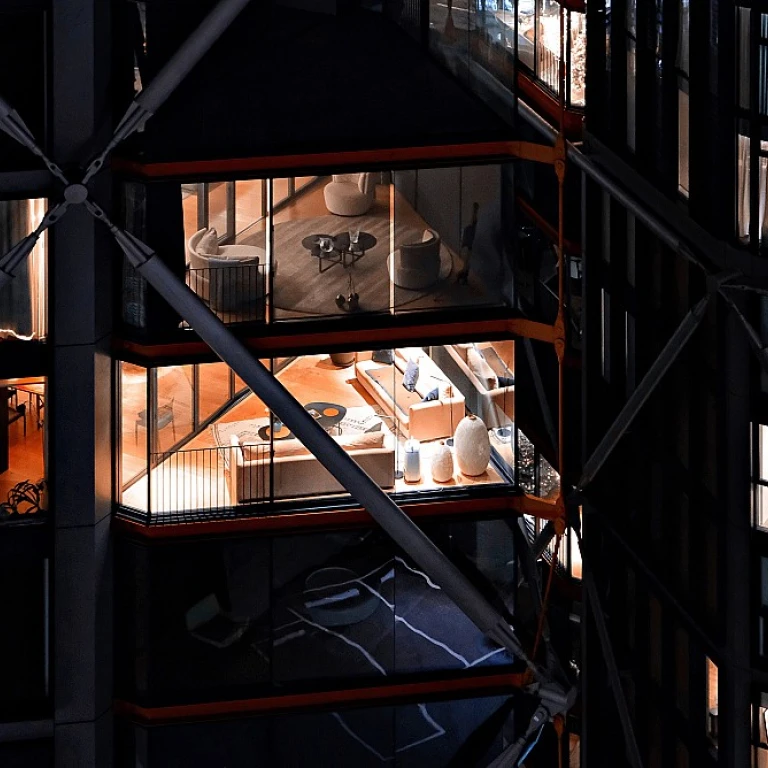
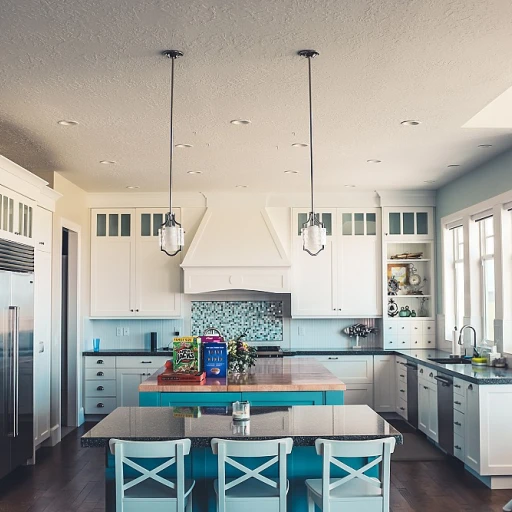

-large-teaser.webp)
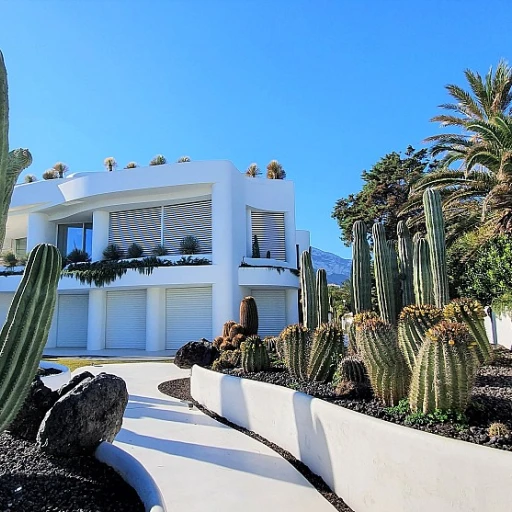
-large-teaser.webp)
